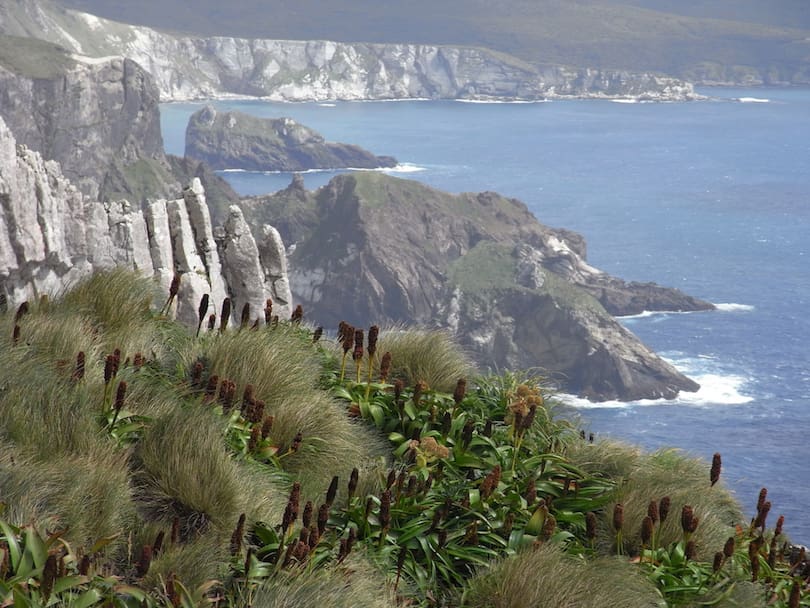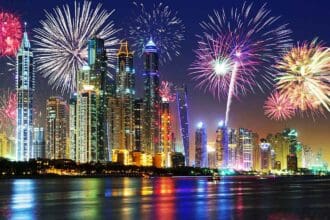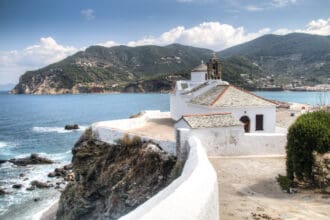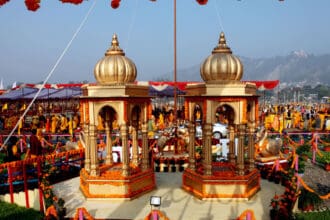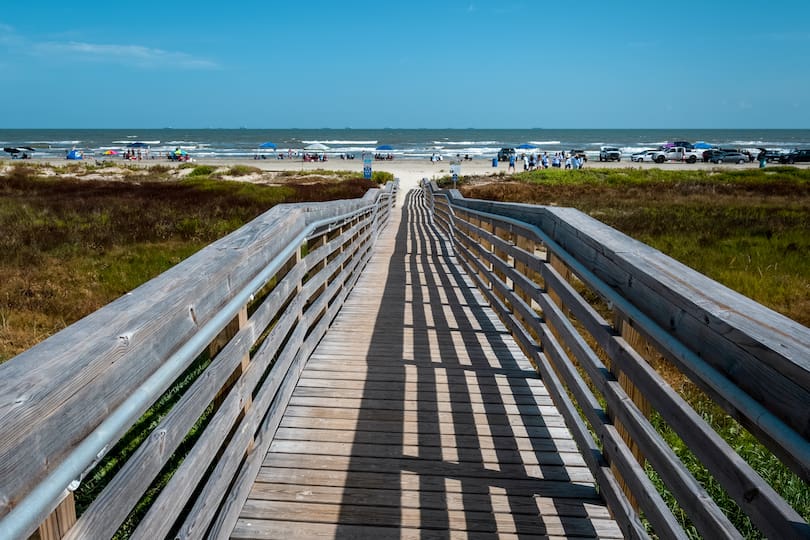Sikkim, the northeastern state of India, is famous for its natural beauty, culture, and spirituality. Among the many spiritual destinations in Sikkim, Pemayangtse Monastery holds a unique place. Situated at an altitude of 6,840 feet in the west district of Sikkim, Pemayangtse Monastery is one of the oldest and most significant monasteries of the state. Let’s explore the history, architecture, and significance of Pemayangtse Monastery in detail.
History of Pemayangtse Monastery
Pemayangtse Monastery was founded in the late 17th century by Lhatsun Chenpo, one of the revered Lamas of Sikkim. The name “Pemayangtse” means “perfect sublime lotus” in the Tibetan language, and the monastery is believed to have been built on the sacred site blessed by Guru Padmasambhava, the founder of Tibetan Buddhism.
The monastery was initially a small structure, but it was gradually expanded and renovated by successive Chogyals (Kings) of Sikkim. In the early 20th century, the monastery underwent a major renovation under the guidance of the 9th Chogyal, Thutob Namgyal, and was rebuilt in the traditional architectural style of the state.
Architecture of Pemayangtse Monastery
Pemayangtse Monastery is a fine example of traditional Sikkimese architecture, with intricate woodcarvings, colorful frescoes, and beautiful murals. The monastery is built on a hilltop, overlooking the beautiful valley of Rabdentse. The main prayer hall of the monastery is a three-storied structure, with a beautiful statue of Guru Rinpoche (Padmasambhava) on the top floor.
The monastery also has several smaller prayer rooms, each dedicated to a particular deity or Lama. The walls of these rooms are adorned with intricate paintings and murals, depicting the life and teachings of Guru Rinpoche and other Buddhist deities. The monastery also houses a rare collection of ancient manuscripts, Thangkas (Buddhist scroll paintings), and other religious artifacts.
Significance of Pemayangtse Monastery
Pemayangtse Monastery is a significant spiritual destination for Buddhists, especially the followers of the Nyingma and Kagyu sects of Tibetan Buddhism. The monastery is believed to be one of the main seats of the Pemayangtse Nyingma tradition, and many eminent Lamas and Rinpoches of the tradition have studied and practiced here.
Apart from its religious significance, Pemayangtse Monastery is also an important cultural and historical landmark of Sikkim. The monastery is a repository of the state’s rich cultural heritage and has played a significant role in preserving and promoting Sikkimese art, architecture, and spirituality.
Visiting Pemayangtse Monastery
Pemayangtse Monastery is easily accessible from Pelling, the nearest town, which is well connected by road to other parts of Sikkim and neighboring states. The best time to visit the monastery is during the winter months, from November to February, when the weather is clear and pleasant.
Visitors to the monastery are advised to dress modestly and respect the sanctity of the place. Photography and videography are strictly prohibited inside the main prayer hall, but visitors can take pictures of the exteriors and the surrounding landscape.
Conclusion
Pemayangtse Monastery is not just a religious destination but a cultural and historical gem of Sikkim that showcases the state’s rich heritage and spirituality. The monastery’s intricate architecture, vibrant paintings, and rare artifacts make it a must-visit destination for anyone interested in art, architecture, and spirituality.
Visiting Pemayangtse Monastery is a humbling and awe-inspiring experience that will leave a lasting impression on one’s mind and soul. The monastery’s peaceful ambience, stunning views, and spiritual energy make it a perfect retreat for those seeking solace and enlightenment.
If you are planning to visit Sikkim, make sure to include Pemayangtse Monastery in your itinerary. It is a place that will not only enrich your knowledge and understanding of Buddhism but also leave you with unforgettable memories.
FAQs
- What is the best time to visit Pemayangtse Monastery? Ans: The best time to visit Pemayangtse Monastery is from November to February when the weather is clear and pleasant.
- Is photography allowed inside the main prayer hall of Pemayangtse Monastery? Ans: No, photography and videography are strictly prohibited inside the main prayer hall of Pemayangtse Monastery.
- What is the significance of Pemayangtse Monastery in Tibetan Buddhism? Ans: Pemayangtse Monastery is one of the main seats of the Pemayangtse Nyingma tradition of Tibetan Buddhism and has played a significant role in promoting and preserving the tradition.
- Can non-Buddhists visit Pemayangtse Monastery? Ans: Yes, Pemayangtse Monastery is open to visitors of all faiths, but visitors are advised to respect the sanctity of the place and dress modestly.
- How do I reach Pemayangtse Monastery? Ans: Pemayangtse Monastery is easily accessible from Pelling, the nearest town, which is well connected by road to other parts of Sikkim and neighboring states.



